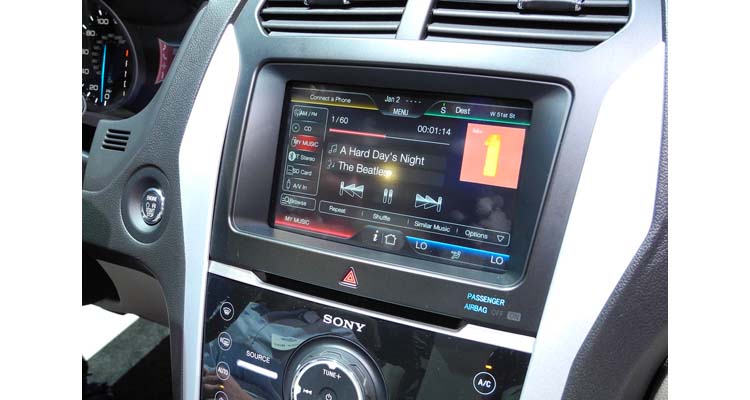Automotive Audio Shifting to Software as an All-Electric Future Approaches
By Alexandre Jornod
Futuresource Consulting
Cars are becoming smart and connected, opening up a wide range of new use cases and business models for the audio industry, as explored in a new report from Futuresource Consulting. Although global car sales were heavily impacted in 2019 and 2020, long-term market growth is expected, with car ownership growing strongly in emerging markets as developed market demand recovers.
“The connectivity trend, combined with developments in audio technology, is presenting significant opportunities for advanced in-car entertainment solutions,” said Alexandre Jornod, senior market analyst at Futuresource Consulting. “Consumer demand for constant connectivity is shaping carmakers’ strategies, and as the market shifts to a connected, autonomous, shared and electric future, car OEMs have to adapt. These new trends are pointing the way towards more service-led experiences.”
Fuel Efficiencies Influencing Audio System Designs
OEMs are also having to balance requirements for better emissions and fuel efficiency with a desire to provide a compelling in-car audio experience. That’s because developing a high-end sound system involves adding more speakers and power, which also adds more weight.
“Sound optimization algorithms and software are increasingly used to enhance the in-car audio experience without the need for additional hardware,” said Jornod. “This improves the sound in the cabin while keeping weight under control. It also means that in the near future, this software-led approach will allow consumers to upgrade their sound system through a simple over-the-air update.”
3D Audio and the Advent of Sound Zones
Immersive audio is also becoming a key area of focus, with an increasing number of systems now supporting 3D audio formats. Offerings like Dolby Atmos and Sony 360 Reality Audio are seen by many as a watershed moment in audio reproduction, catapulting car audio beyond the constraints of traditional stereo.
“Some luxury car manufacturers are already offering 3D systems on their flagship models, creating an immersive sound field by deploying speakers overhead,” says Jornod. “Immersive audio is expected to become a key differentiator for car manufacturers, particularly as cars shift to more autonomous driving. Yet the main challenge currently lies in the content itself. Music produced and mixed in Dolby Atmos or Sony 360 Reality Audio remains limited, despite more streaming services now supporting these formats.”
Some concepts have already displayed speakerless systems, using specific areas of the car to act as speakers. Similarly, OEMs have been increasingly featuring speakers in locations such as the headlining or the A-pillars. Longer term, Futuresource expects that speakers placed in the headrests will become increasingly common, due to their proximity to occupants’ ears. This will allow for a more immersive experience, but also enable the creation of sound zones, whereby occupants experience content together or individually, depending on their preference.
An Entertainment-Centred Future
“Looking to the electric future, as cars need to be charged to achieve long distances, new entertainment consumption opportunities arise,” says Jornod. “While driving, it’s a passive entertainment experience, but this switches to fully active on charging stops. Tesla already allows its users to watch movies on Netflix or play video games while charging. These charging times are the prelude to the entertainment systems that will arrive when we move towards fully autonomous driving.”
For further information on the Automotive Audio Report from Futuresource Consulting, or to make a purchase, please contact leon.morris@futuresource-hq.com.





